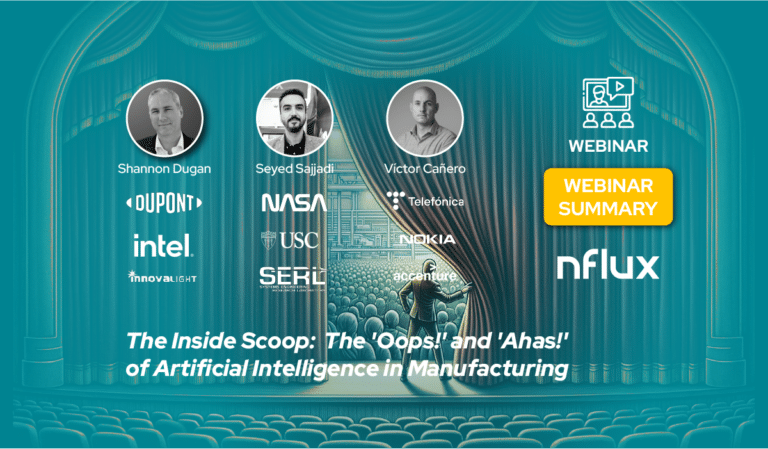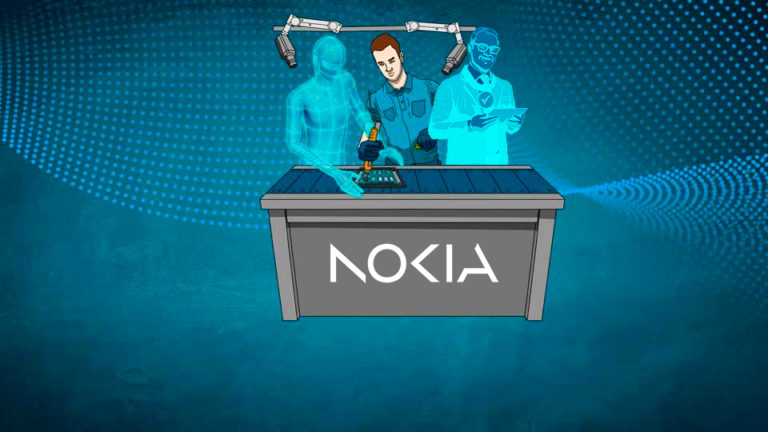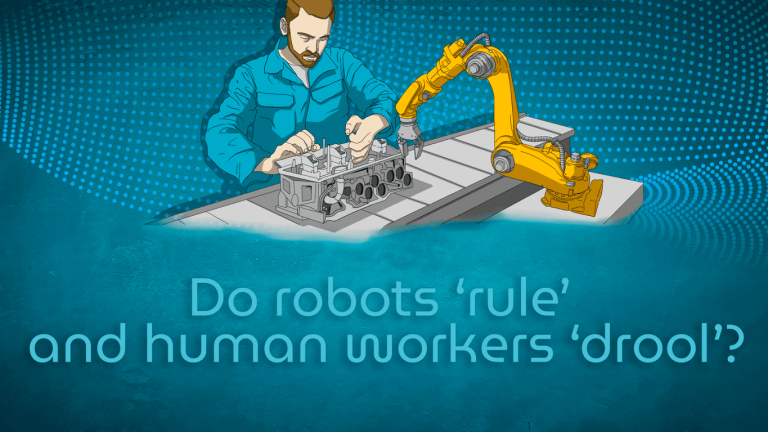
Webinar Summary: Inside Scoop – The ‘Oops!’ and ‘Ahas!’ of Mastering AI in Manufacturing
Discover the transformative power of AI in manufacturing with nFlux.ai’s riveting webinar, “Inside Scoop: The ‘Oops!’ and ‘Ahas!’ of Mastering AI in Manufacturing.” Industry leaders unite in this dynamic discussion, unraveling how artificial intelligence and computer vision are revolutionizing operational efficiency and quality assurance. Engaging, informative, and sprinkled with moments of humor, the session illuminates the indispensable role of human creativity amidst technological advancements and explores strategic innovations across industries. This enlightening event not only showcases live demonstrations of AI in action but also tackles the challenges of technology adoption, offering a glimpse into the future of manufacturing innovation.


